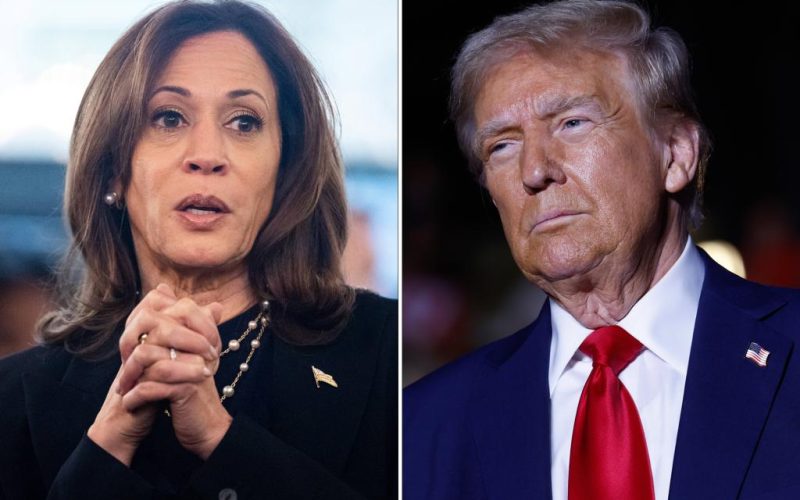One of Kamala Harris or Donald Trump will likely reach the benchmark of 270 electoral votes needed to become the 47th president soon after the last votes are cast Nov. 5.
However, it is statistically possible that neither candidate will hit that magic number.
There are two ways such an outcome could unfold: Either Trump and Harris each receive 269 electoral votes, or so-called “faithless electors” cast their ballot for other candidates.
Here is a rundown of what would happen:
12th Amendment
The electors from each state will meet on Dec. 17 to formalize the Electoral College result.
Only 30 states and the District of Columbia require that electors either vote for the candidate that won their jurisdiction or the candidate nominated by one of the two major parties.
In 2016, seven electors in Hawaii, Texas and Washington state voted for someone other than Hillary Clinton or Donald Trump.
Therefore, while Trump won states that were worth 306 electoral votes and Clinton won states worth 232, the final Electoral College result was Trump 304, Clinton 227.
The 119th Congress will meet in joint session Jan. 6, 2025, to count the electoral votes. If neither candidate is confirmed to have received 270, the House will elect the president.
Each state’s House delegation receives one vote, with a majority (26) needed to pick a winner. Currently, Republicans have the majority in 26 delegations, while Democrats have the edge in 22 delegations and two states (Minnesota and North Carolina) evenly split — though that number is likely to change after the American people have their say.
Follow along with The Post’s coverage of the 2024 election
As of Friday, the website 270ToWin has a median forecast of 28 states with a majority GOP House delegation in 2025 and Democrats with the majority in just 19 state delegations.
The Senate process for electing the vice president is simpler, with a simple majority needed. Just two-thirds of the chamber’s members (67 senators) need to vote to make it an official tally — so in theory, someone could be elevated to a heartbeat from the presidency with the support of just 34 senators.
What if Congress can’t decide?
In short, they have to decide.
If the House fails to pick a president on the first ballot, then they must keep going until the tie is broken.
If neither Harris nor Trump will have been picked by the time the 47th president’s term begins (noon on Jan. 20, 2025), the vice president-elect, chosen by the Senate, will stand in until a commander-in-chief is chosen.
If neither chamber is able to reach a majority in time of Inauguration Day, the speaker of the House would serve as president — but only until either a vice president or president is elected — per the Presidential Succession Act of 1947.
The odds
The chances of no candidate reaching 270 electoral votes is very low.
On the polling website FiveThirtyEight, the outcome “no winner” occurred just three times across 1,000 simulations as of Friday.
The House of Representatives has chosen a president just twice, in 1800 and 1824.








